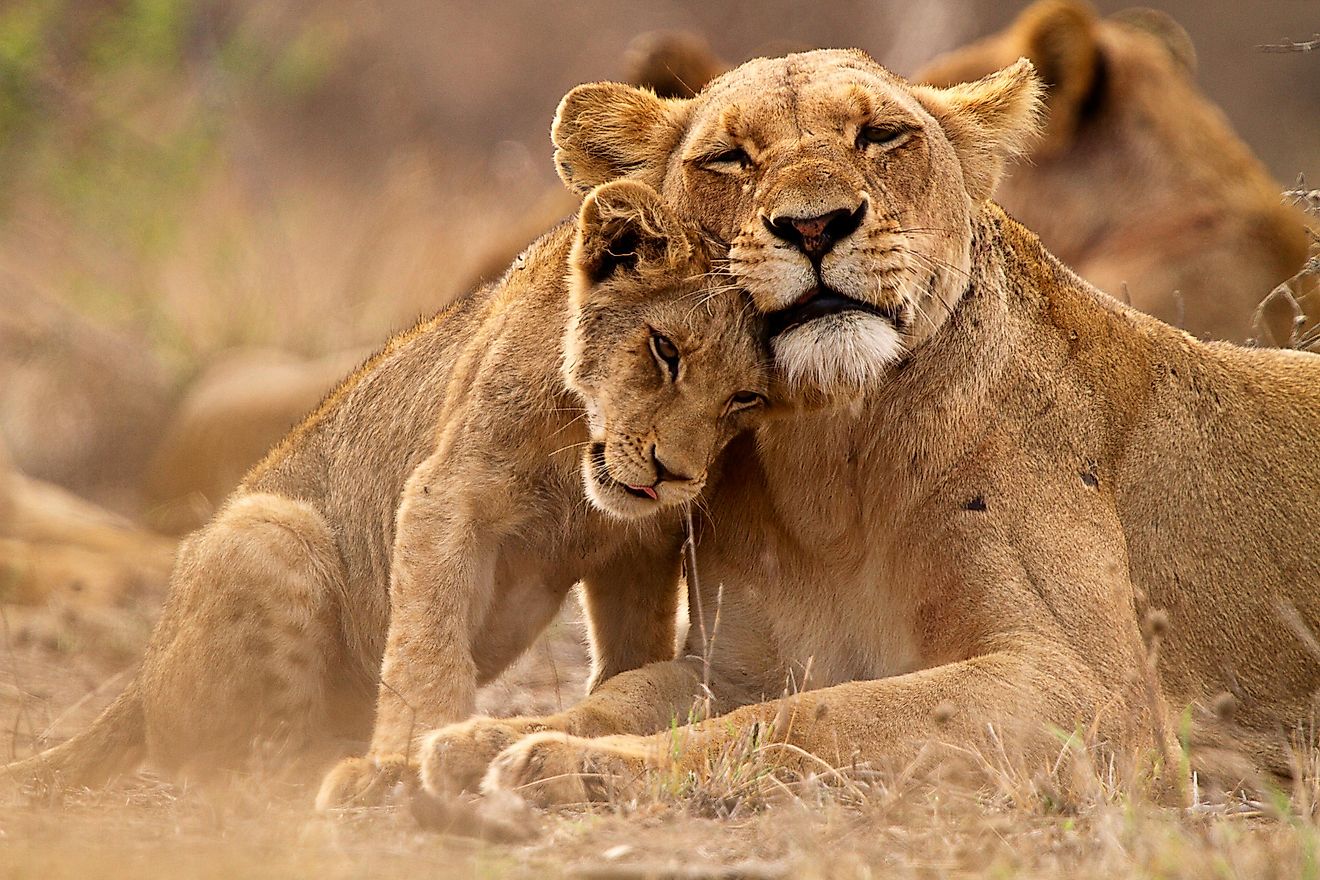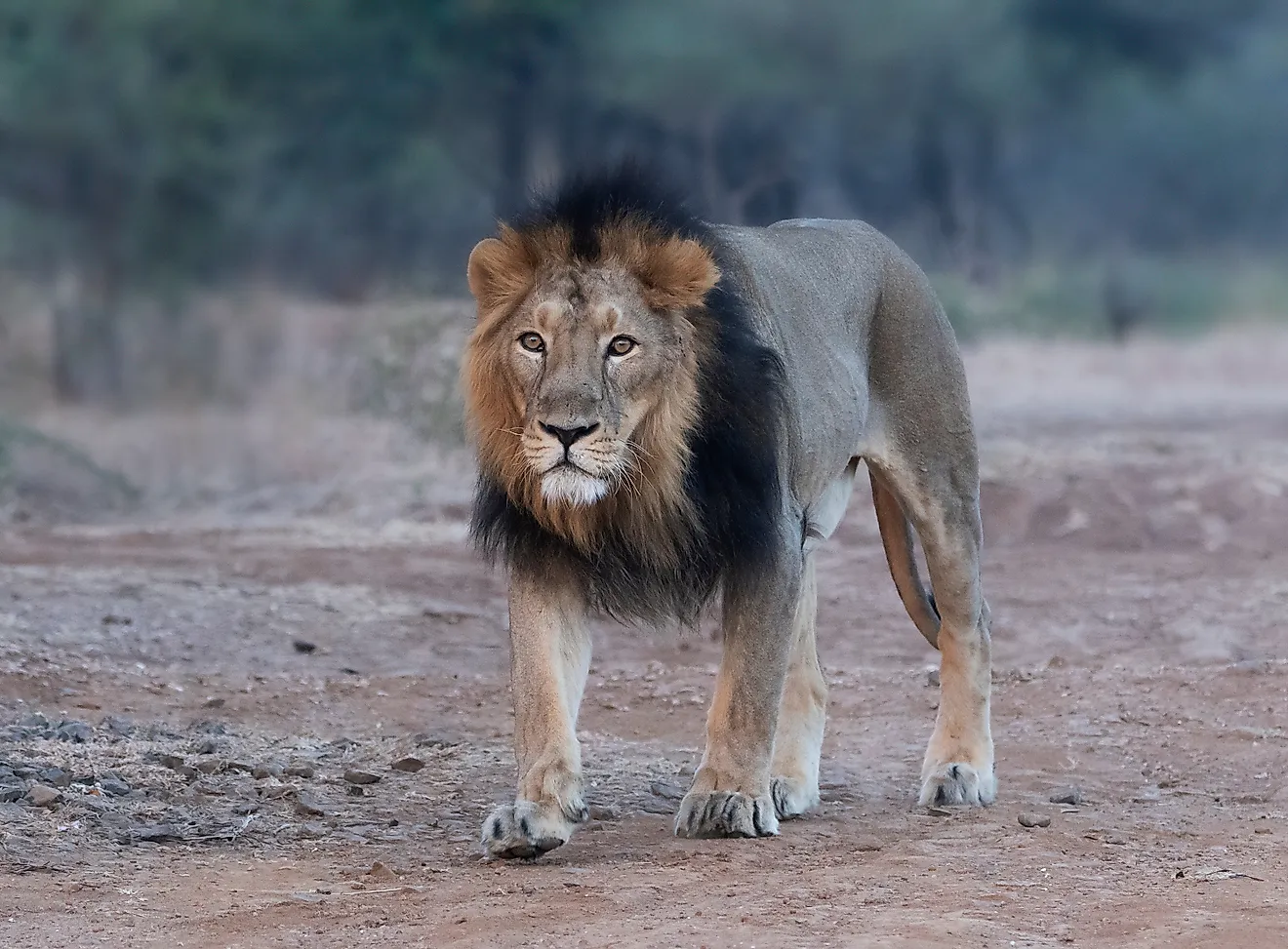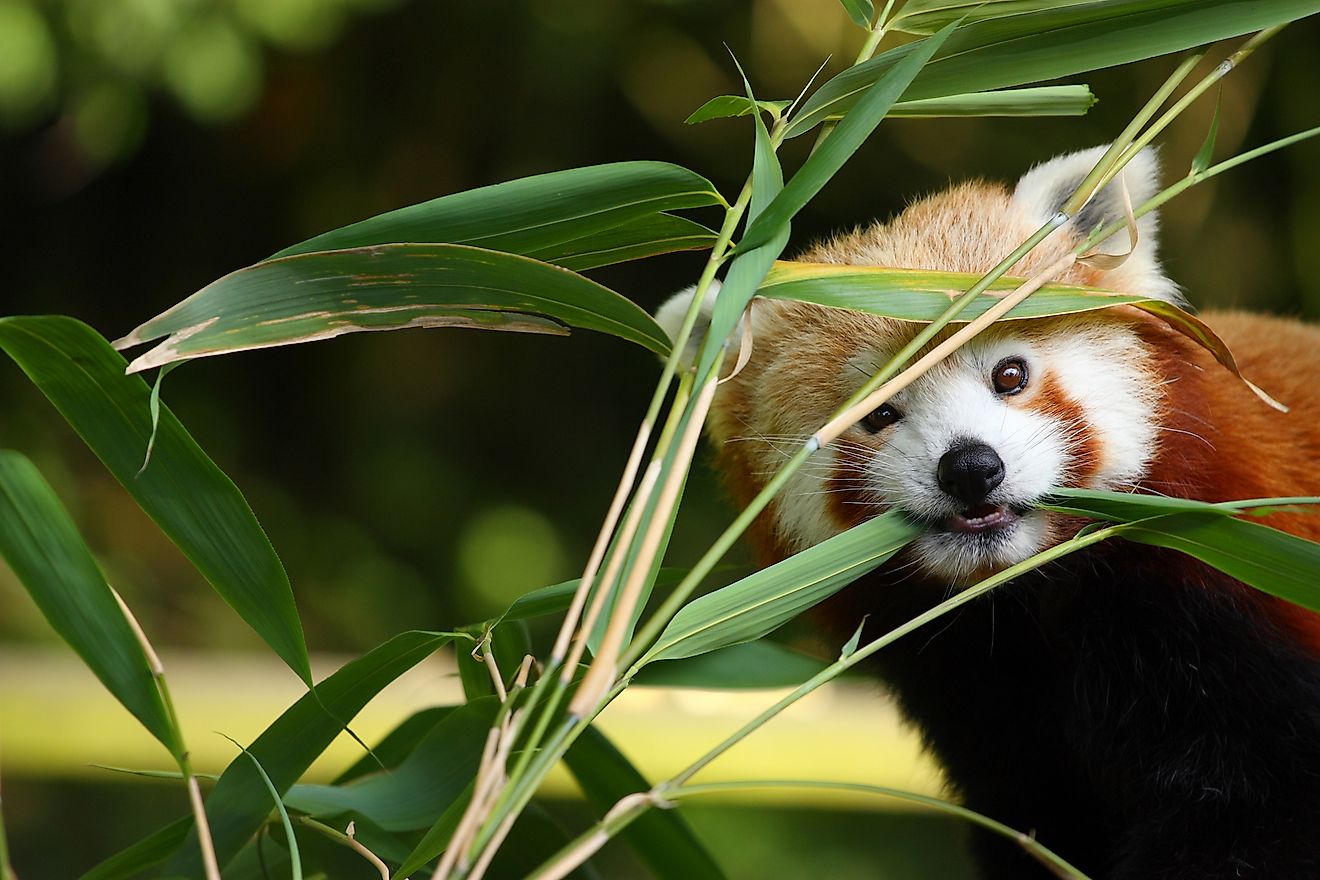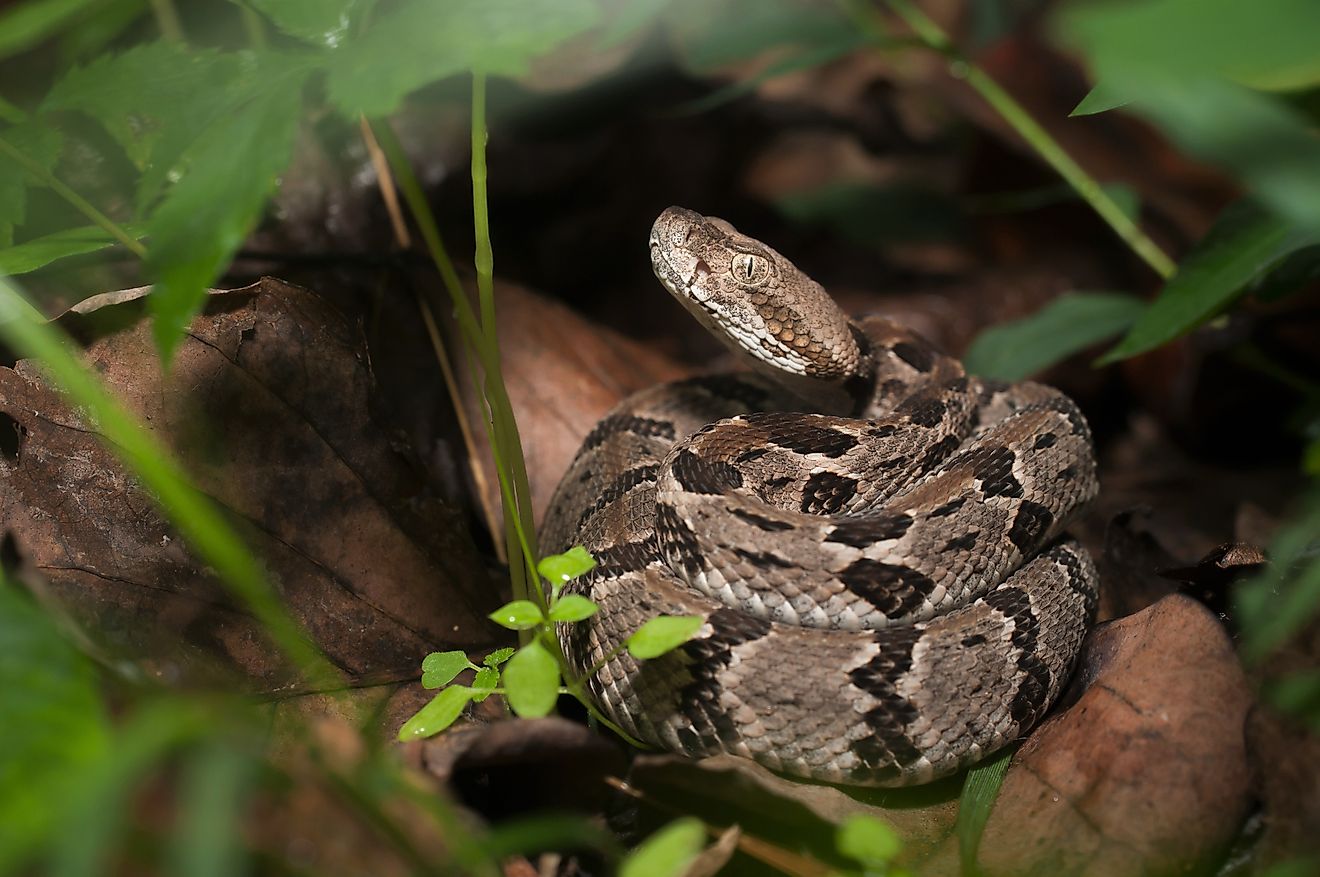
What Is A Species?
- All living things are ranked in a taxonomic ranking system: kingdom, phylum, class, order, family, genus and species.
- A species is any animal of the same type that is determined by similar relations of appearance, features and genetic makeup.
- Species are capable of interbreeding among themselves and produce viable offsprings.
A species is the basic unit of biological classification and one of the key ways scientists describe the diversity of life. Although the word itself has been used since classical Latin, the English naturalist John Ray helped formalize the idea in the 17th century by emphasizing that members of a species share essential characteristics. The modern biological species concept, later refined by Ernst Mayr, describes a species as a population of organisms that can interbreed naturally and produce fertile offspring. This definition works well for many animals but is less useful for asexual organisms or extinct forms known only from fossils. Species can sometimes be divided into smaller groups, such as subspecies, when populations show consistent differences but still interbreed.
Classification Of Living Things
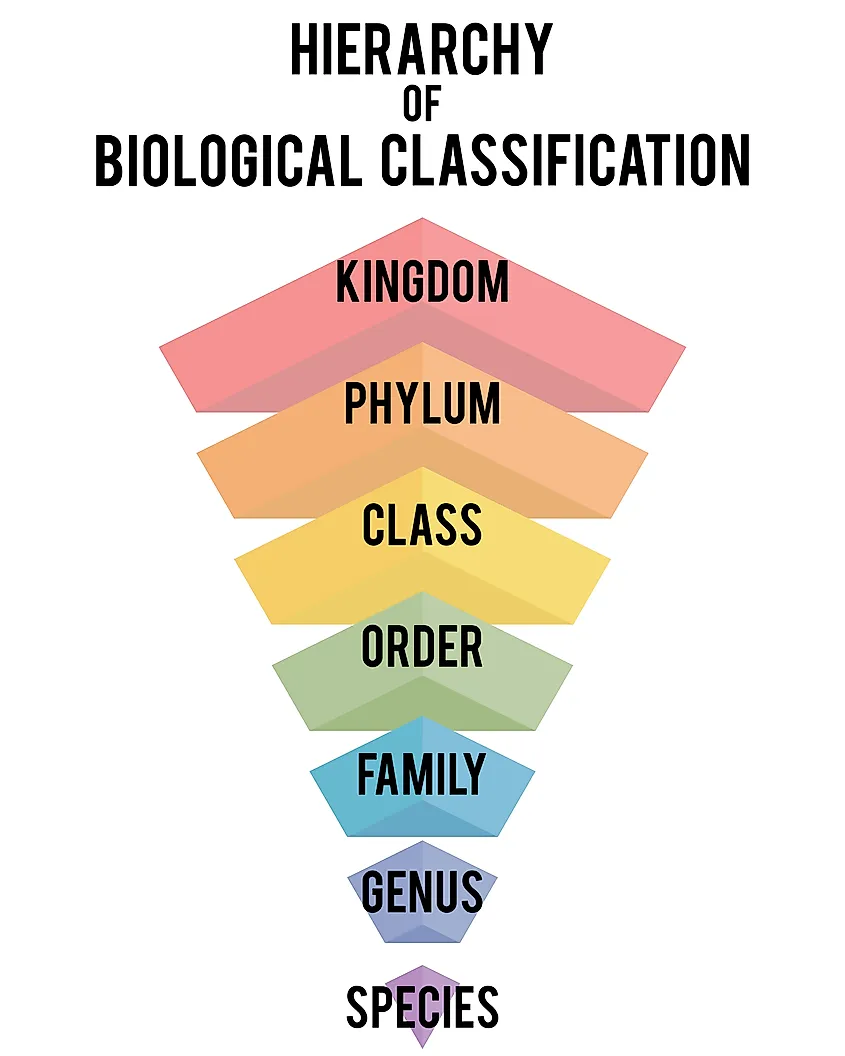
Scientists use a globally accepted classification system to organize and name living organisms. By grouping life into related categories, this system helps scientists study biodiversity, trace evolutionary relationships, and compare organisms across ecosystems. The science behind this framework is known as taxonomy.Taxonomy is the branch of biology concerned with identifying organisms, giving them scientific names, and arranging them into groups. The foundations of modern classification began with the 18th-century Swedish naturalist Carl Linnaeus, who introduced a hierarchical system for naming and organizing life. Although later transformed by evolutionary theory and genetics, his basic framework remains central to taxonomy today.
In the Linnaean hierarchy, organisms are placed into nested groups called taxa, which represent different levels of similarity and evolutionary relationship. The principal ranks, from broadest to most specific, are domain, kingdom, phylum, class, order, family, genus, and species. Some species are further divided into subspecies when populations show distinct but related forms.
Taken together, these ranks form the basic framework scientists use to classify Earth’s life. The details of this system continue to evolve as new discoveries are made, especially in genetics. Many biologists now recognize three major domains of life; Bacteria, Archaea, and Eukarya. While the number of kingdoms within those domains varies depending on the classification model.
Taxonomic Rankings
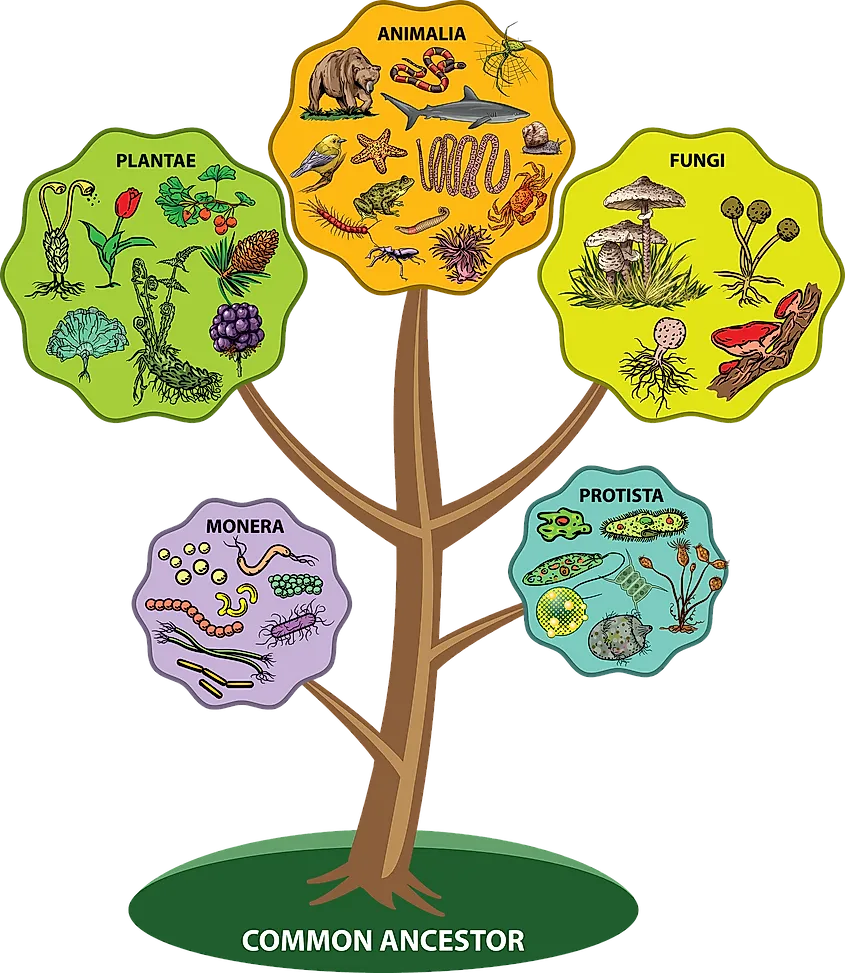
The traditional five-kingdom system groups life into Monera, Protista, Fungi, Plantae, and Animalia. In this model, animals belong to Animalia, plants to Plantae, fungi to Fungi, and prokaryotic organisms to Monera. Protista contains a wide mix of mostly unicellular life forms, though some algae are multicellular. While influential in biology education, this system has largely been replaced by a newer framework that separates prokaryotes into the domains Bacteria and Archaea.
In the kingdom Animalia, organisms can be traced through each level of the taxonomic hierarchy. Below the kingdom level are the phyla, of which scientists recognize roughly 30 major groups, depending on the classification system used. Each phylum is divided into classes, such as Mammalia for mammals or Aves for birds. Classes are further separated into orders, like Primates. Orders contain families, and each family is divided into genera. The most specific level is the species, which represents a distinct group of organisms that share close evolutionary relationships.
A species is the most specific unit of biological classification, referring to a population of organisms that share a close evolutionary history. In many groups of animals, species are defined as populations that interbreed naturally and produce fertile offspring. For plants, fungi, bacteria, and many microbes, scientists often rely on genetic, ecological, or morphological differences to distinguish one species from another. These definitions vary because life itself is extraordinarily diverse.
Example

To trace a classification from the broad sweep of life down to a single species, consider the red fox. Its scientific name is Vulpes vulpes. Like all animals, it belongs to the kingdom Animalia. It falls within the phylum Chordata, a group whose members share several defining features at some stage of life, including a notochord, a dorsal hollow nerve cord, pharyngeal slits, and a post-anal tail. The red fox’s class is Mammalia, which includes all mammals, and its order is Carnivora, a diverse group of mammals that share certain skull and tooth adaptations rather than a strictly meat-based diet. Within Carnivora, the red fox is part of the family Canidae, which includes wolves, coyotes, jackals, and many species of foxes. The genus Vulpes contains the true foxes, a group distinguished from other fox-like mammals by shared anatomical and genetic traits.
Several species belong to the genus Vulpes, such as the Arctic fox (Vulpes lagopus) and the Bengal fox (Vulpes bengalensis). Each species is identified by a two-part scientific name: the genus followed by a specific epithet. For the red fox, the epithet is vulpes, making its full scientific name Vulpes vulpes. This designation applies only to members of that species and distinguishes the red fox from other true foxes within the same genus.
